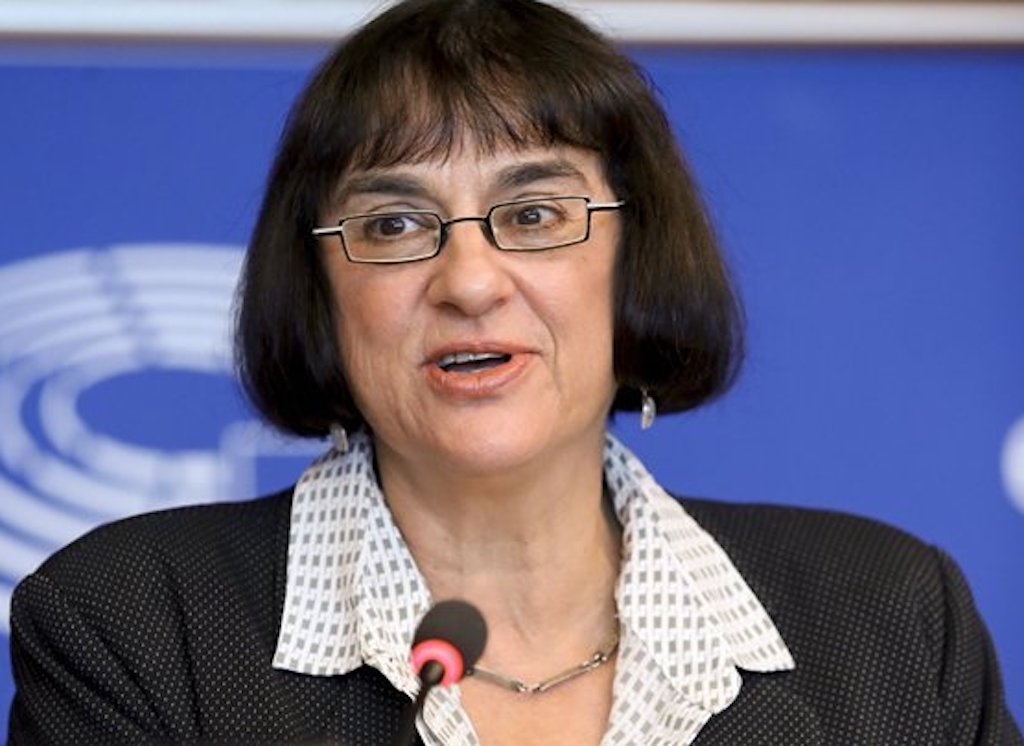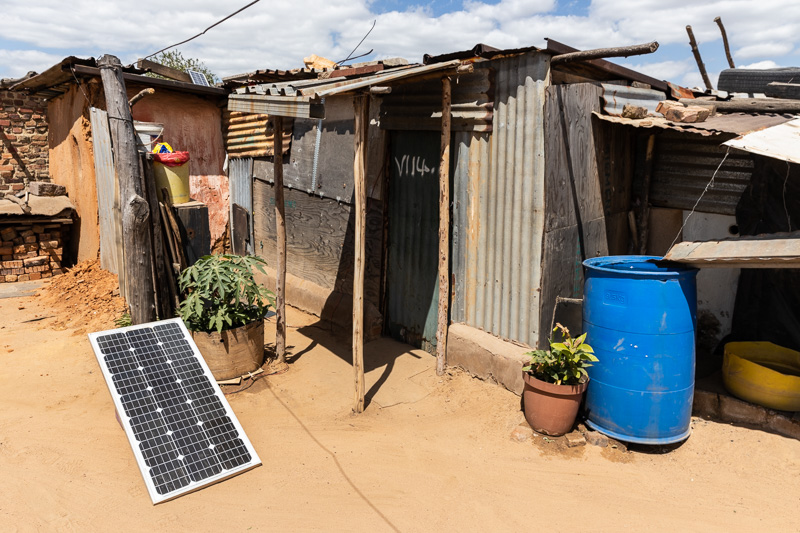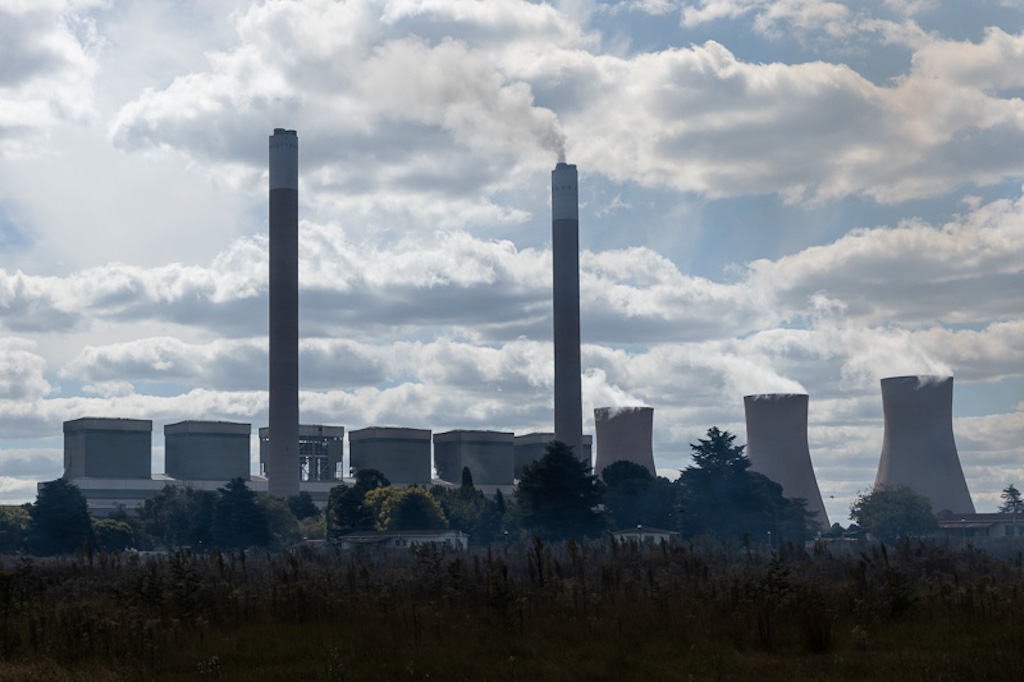
23 May The status of SA’s energy transition financing
Much has been made about the US$8.5-billion pledged to support South Africa’s Just Energy Transition. Thabo Molelekwa investigates where it is

Joanne Yawitch, head of the Project Management Unit established to take forward the Just Energy Transition Investment Plan. Photo courtesy environmentza
At the COP26 climate change conference in Glasgow in 2021, a group of international partners pledged US$8.5-billion to accelerate South Africa’s Just Energy Transition (JET). Since then there have been numerous discussions about how the money will be used and when it will be received by South Africa, with varying degrees of clarity.
The JET Investment Plan was endorsed by Cabinet last year and was then shared with the International Partners Group (IPG), which comprises the European Union, France, Germany, the United States and the United Kingdom. Since then multilateral discussions have been held about how best to coordinate implementation of the plan and allocate the $8.5-billion.
To figure out the status of these funds, Oxpeckers spoke to Joanne Yawitch, head of the Project Management Unit (PMU) established to take forward the Just Energy Transition Investment Plan and that reports to the Project Management Office in the Presidency.
Yawitch said that $2.6-billion out of the initially pledged $8.5-billion will come from the Climate Investments Funds (CIF) for the Accelerated Coal Transition Investment Plan. This multilateral finance partnership channels concessional climate finance through the World Bank and the African Development Bank to support climate action.
“The approval of South Africa’s application for CIF finance has opened the way for the detailed project plan to be developed,” Yawitch said.
“The way it works is that we developed a concept. We went to the board of the CIF, which has a programme called accelerating coal transitions. There are countries in different parts of the world that are applying to use those funds; we applied for an allocation from that fund. This is conditional on the development of a detailed plan for the use of those funds.”

Climate action at COP26 in Glasgow in 2021. Photo: William Gibson
International partners
“We are trying to formalise this process within government and are setting up a steering committee, that is an oversight committee, that would include representatives from key government departments and a number of other organisations.”
She told Oxpeckers that this would provide a governance structure within the government: “The intention is that, as these governance arrangements develop, we will also keep on ensuring that there are report-backs to the Presidential Climate Commission to bring transparency into the process.”
The work the PMU has been doing with the IPG partners is “to first start to analyse and understand in much more granular detail the nature of the offers that have been made, including understanding the grant component of the work”, she said.
There had been a process to determine what would happen to each individual amount that makes up the $8.5-billion pledged, and how soon it can be allocated to projects that align to the JET Investment Plans. According to her, one of the roles of the PMU is to match the $8.5-billion with projects, including the grants.
The type of financing offered has been a sticking point in the negotiations. Grants make up just 3.8% of the funding pledged by the IPG. The rest is loans, raising concerns about South Africa’s debt burden.

Detailed planning is needed to scale up the reach and impact of renewables. Photo: Ashraf Hendricks
Treasury loans
Just over half the funding is earmarked as concessional loans, made on more favourable terms than South Africa could access on the debt market.
Yawitch said that some of the loans go to National Treasury, and there is bilateral engagement between financiers and treasury about the loans. “In particular, the development finance institutions of France and Germany have been engaging with National Treasury,” she added.
On November 4 2022 South Africa signed two concessional loans with the French Agence Française de Développement (AFD) and Germany’s Kreditanstalt für Wiederaufbau (KFW) for €300-million concessional loans each. The loans were provided directly to treasury.
According to a treasury spokesperson, both are sovereign bilateral loans that take the form of non-earmarked budget financing transferred directly into the national revenue fund. These loans underpin the policy and institutional reforms undertaken by the government in support of its energy transition.
A statement released by treasury said the loans were “highly concessional as their terms are substantially more generous than what the government would be able to raise in capital markets”. The loans are reflected in South Africa’s gross borrowing requirement in the 2023 medium-term budget policy statement.

Treasury has commissioned an assessment of Eskom’s coal-fired power stations. Photo: Ashraf Hendricks
Eskom debt
Yawitch pointed out that the Eskom debt relief package from National Treasury announced in February stipulates that Eskom cannot borrow money for the next three years, and that it is unable to apply for sovereign guarantees.
“A number of international financiers were making the assumption that it would be possible to finance Eskom’s energy transition plans,” she said. “The PMU is now working with National Treasury to look at the way funds could flow under these circumstances.
“The approach we are taking is to undertake evidence-based work, given the complications and difficulties that the country is facing in relation to energy, in order to say, how do we keep ourselves on track? What is going to be the best use for these funds?”
Asked whether it is the right decision to delay the decommissioning of some of Eskom’s coal-fired power plants, she said: “The IPG and its ambassadors live in South Africa, and they understand what we’re going through as a country. Given the energy crisis, I think they understand the need to keep every megawatt that we can on stream at the moment.” She pointed out that no final decisions had been taken in this regard.
National Treasury has commissioned an assessment of the power stations to come up with a solution and is due to release its findings in July. This would inform decisions relating to the dates of end of life of specific coal power stations.
“I think we should be waiting for the results of that study and then be able to engage with partners to say, there’s been a thorough assessment, it’s been a very independent piece of work by international experts, who are saying A, B and C – and this is the implication,” she said.
Thabo Molelekwa is an Oxpeckers associate, and an alumnus of the Oxpeckers #PowerTracker training programme. This investigation for the Oxpeckers #PowerTracker project is supported by the African Climate Foundation’s New Economy Campaigns Hub
